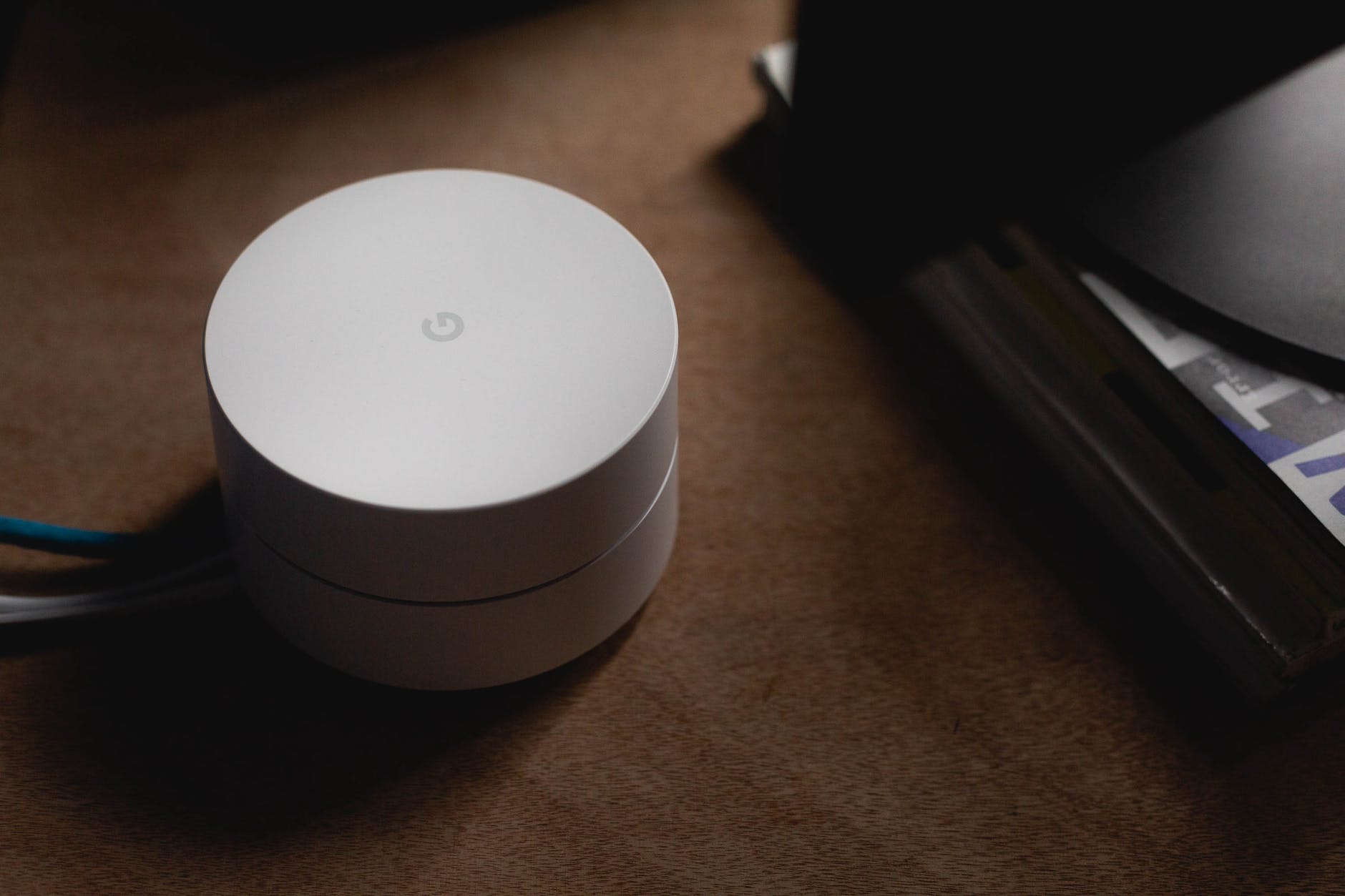
CompTIA A+ Prep: Wi-Fi Networking Standards and Encryption Types
The purpose of this article is to compare and analyze the various Wi-Fi networking standard and encryption types that exist.
Following are the Wi-Fi networking standards:
- 802.11 a
- 802.11 b
- 802.11 g
- 802.11 n
- 802.11 ac
The various Wi-Fi standards basically refer to the various configuration of Wi-Fi networks. Some networks are faster than others and have a larger range, due to varying hardware and technology that is used to deploy them in the network.
And the encryption types are mentioned below:
- WEP
- WPA
- WPA2
- TKIP
- AES
Wireless networks provide incredible ease of access, but due to their nature, they are also very unsecure. They can easily be accessed by third parties and are prone to breaches. To tackle the risk of breaches in the Wi-Fi network, various encryption methods are used. The encryption is set up on the wireless router being used to transmit Wi-Fi signals. Encryption methods use resources from the devices connected as well as the network itself. Encryption methods are also available with different features and security levels.
A+ CompTIA Certification training is available through various channels.
These trainings provide in-depth knowledge and insight into the essentials of Wi-fi standards and encryption types. Read on ahead to learn more about some of the details about Wi-Fi standards and encryption types, as well as their applications in the real world:
The Wi-Fi Networking Standards:
The table below summarizes the various networking standards and their particulars:
|
IEEE Standard |
Frequency / Medium |
Maximum Speed |
Transmission Range |
|
802.11a |
5 GHz |
54 Mbps |
25 to 75 feet indoors; range can be affected by building materials |
|
802.11b |
2.4 GHz |
11 Mbps |
Up to 150 feet indoors; range can be affected by building materials |
|
802.11g |
2.4 GHz |
54 Mbps |
Up to 150 feet indoors; range can be affected by building materials |
|
802.11n |
2.4 GHz and 5 GHz |
Up to 600 Mbps |
175+ feet indoors; range can be affected by building materials |
|
802.11ac |
5GHz |
Up to 1Gbps |
115+ feet indoors; range can be affected by building materials |
Try out our LITE Subscription to get access to free self-paced courses, learning analytics, informal learning and expert community access, all without paying anything.
These configurations are what gives these networking standards their specifications. The resources required to deploy these networks directly affects the cost. Cost and features of each networking standard are amongst one of the major factors that determine which Wi-Fi standard is to be used. With innovation and frequent technological advancements, the 802.11 networking standard has been constantly getting updated and evolved according to the requirements of a growing and rapidly globalizing world, be it as a consumer level, or corporate level. CompTIA A+ Certification training provides sufficient knowledge of 802.11 network standards to ace the exam and excels in the practice. CompTIA A+ Certification Training equips candidates and provides more insight on the abovementioned specifications and other considerations that count when choosing Wi-Fi networking standards.
Encryption Types:
The numerous encryption types also have various specifications.
|
Encryption type |
Key size |
Deprecated or non-deprecated |
|
WEP (Wired Equivalent Privacy),
|
64-bit |
Deprecated.
|
|
WPA (Wi-Fi Protected Access), version 2 is 256-bit. |
256-bit (version 2) |
Non-deprecated |
|
TKIP (Temporal Key Integrity Protocol), |
128-bit. |
Deprecated. |
|
CCMP (CCM mode Protocol),
|
128-bit. |
Non-deprecated |
|
AES (Advanced Encryption Standard) |
128-bit, 192-bit, and 256-bit.
|
Non-deprecated |
The above mentioned are specifications of these encryption types. With innovation and advancements in technology, the encryption methods also evolve and become more robust. Their specifications will be discussed in this article.
WEP (Wired Equivalent Privacy):
As the name hints, WEP is the original encryption method intended to provide the wired network equivalent level of privacy for Wi-Fi networks. It also has the same flaws as wired network encryption systems and is easily broken.
Wi-Fi Protected Access (WPA):
WPA is a temporary protocol released as a slight security enhancement over the previous WEP while more robust security systems were still under development. The updated version of WPA, also referred to as WPA version 2, is much more complete. It was completed in 2004 and ushered in the era of Advanced Encryption System (AES). WPA version 2 is reportedly such a robust system that it is regarded as sufficient for the protection of US government top secret files.
TKIP (Temporal Key Integrity Protocol):
Was a stopgap security protocol created as a temporary protocol to replace WEP. It is no longer available and was deprecated in 2012.
CCMP (CCM mode Protocol):
CCMP is an enhanced data cryptographic encapsulation mechanism designed for data confidentiality and based upon the Counter Mode with CBC-MAC (CCM) of the AES standard. It was created to address the vulnerabilities in preceding encryption protocols, such as WEP, and TKIP.
CompTIA A+ Certification training allows aspiring networking professionals to learn all about these encryption types in detail, equipping themselves with the knowledge, skills, and hands-on practice which gives them an edge when they approach potential employers. CompTIA A+ Certification training delivers concepts and explains how these protocols evolved and developed. It is due to this in-depth explanation that CompTIA A+ classes are better able to convey how the need for these encryption types arose.
Conclusion:
CompTIA A+ Certification training provides an excellent platform for individuals to enhance their knowledge and skills on whatever exam they are preparing for. The plethora of CompTIA A+ courses and training available, aspiring networking professionals can greatly improve their knowledge and skills on the subject of Wi-Fi networking standards and encryption types.
CompTIA A+ Classes also offer a unique value that sets certified professionals apart from the competition. Since CompTIA is a well-known name in the IT industry as well as the corporate world, candidates with this certification, even if they lack extensive experience in their field, can land relatively high paying jobs and work under their desired employer as their certification, at the very least, validates their skills, knowledge, and professional capabilities in their respective fields. Networking standards and encryption types is an extensive field and CompTIA A+ certification applicants need to be aware of these standards and encryption types. With the ease of access and affordability of CompTIA A+ online course and the value that they provide, it is hard not to recommend them.
